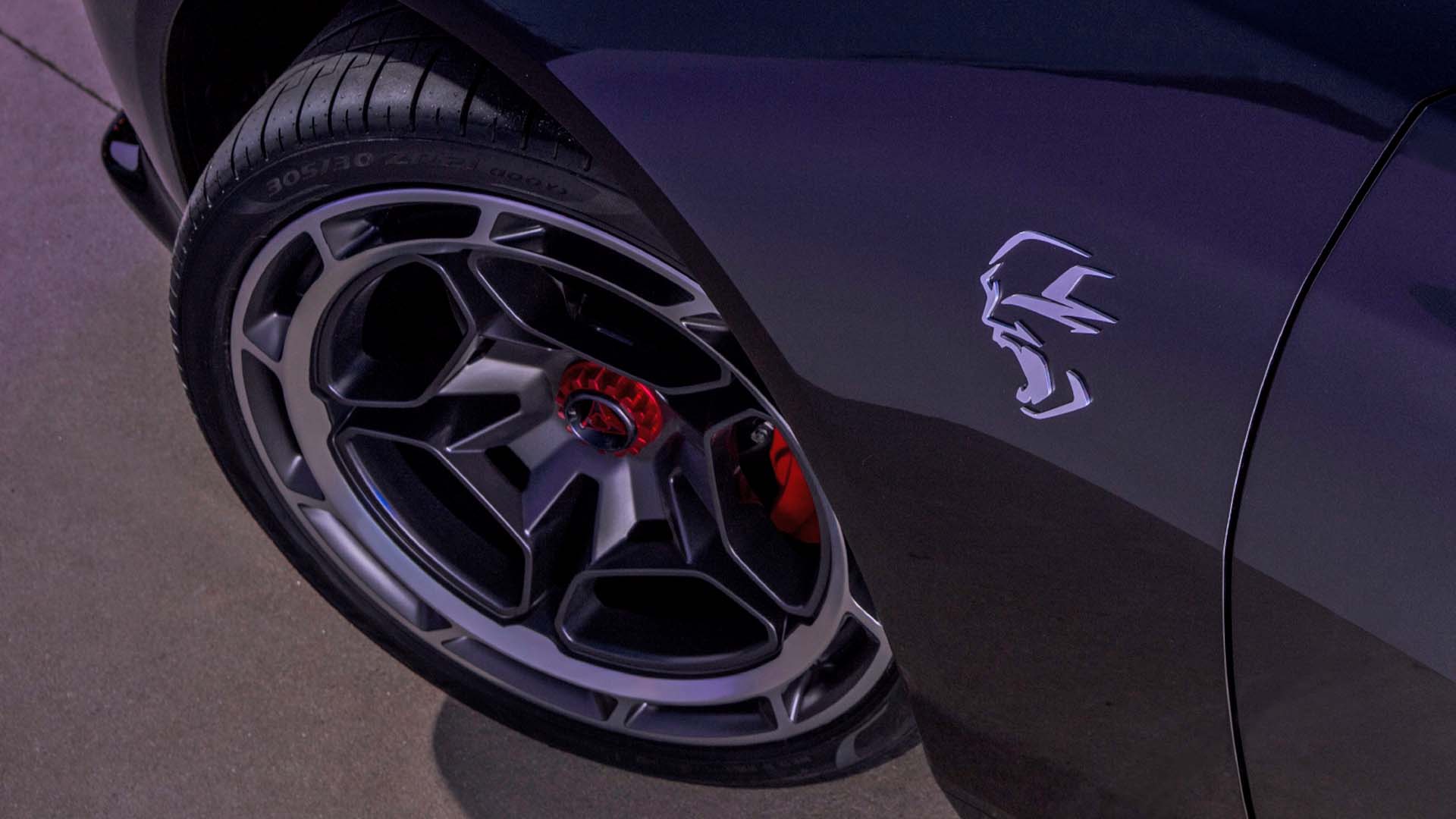

Dodge’s electric muscle car concept has a lot of bold promises and big numbers, and chief among them is the 800-volt “Banshee” architecture that Dodge claims will make its first EV muscle car “faster than a Hellcat in all key performance measures.” Unfortunately, the car is still a concept design, so other details are hard to find and that performance is still hard to quantify, but there are some hints we can glean from that “800-volt” statement.
First off, it’s worth establishing what voltage means in general: it is the electric potential between two points. For a more concrete, easily imagined example, we can define it with an analogy. In a water reservoir system (where water is taking the place of electricity), to increase voltage, we would make the reservoir taller. In other words, we’d increase the potential energy of the water, and as a result, the water pressure in the system would increase.
To increase power in an electric motor, however, you cannot just pump more voltage into it. The way that electric motors work, they are designed to operate most efficiently at a fixed voltage, and running significantly outside of these ranges causes inefficient operation at best, and complete motor failure at worst. To use a specific example, let’s take the Nissan Leaf: the motor’s optimal efficiency is 350V (although it can run efficiently without damage anywhere from 240V to 404V), and the battery system is designed to output a theoretical maximum voltage of around 400V. This is what’s known as the 400V architecture, and it’s been largely standard in most electric cars until recently when Porsche developed the 800V architecture for the Taycan. In that system, the battery system’s intended output is 800V, and the motor is designed to work most efficiently at that voltage.

However, that isn’t how Porsche made the Taycan faster than a Leaf, and it doesn’t mean that an 800V architecture will result in a faster car than a 400V one. Both Porsche’s Taycan and Nissan’s Leaf use AC induction motors, where the input voltage is only a tiny factor in how powerful the car actually is. In an AC induction motor, the frequency (Hertz) of the power supply and the construction of the motor itself matters vastly more than the voltage supplied to it. Instead, the 800V system in the Taycan simply means that it charges faster, and can use thinner wiring (and carry less weight) than if it used a 400V architecture. The motors in an 800V system also generate less heat, which allows them to operate efficiently and at higher power for longer, but that power output still varies based on the motors used.
So Dodge’s Banshee 800V architecture isn’t going to tell us much about how fast the car is, unfortunately. The Drive did ask Dodge directly for more information, but a company representative said that “The Dodge Charger Daytona SRT is a concept, and at this time we are not going in-depth on the … 800V Banshee system.”
The number that will tell us how fast Dodge’s future muscle car is going to be is the Banshee motor’s kilowatt (kW) rating. Kilowatts are a lot more straightforward than voltage, and they can be interpreted much more like horsepower: The bigger the number, the more power the car puts down, and the faster it is. Unfortunately, Dodge hasn’t publicized that yet, so we’re going to just have to take them at their word and assume their first EV will be faster than Hell.